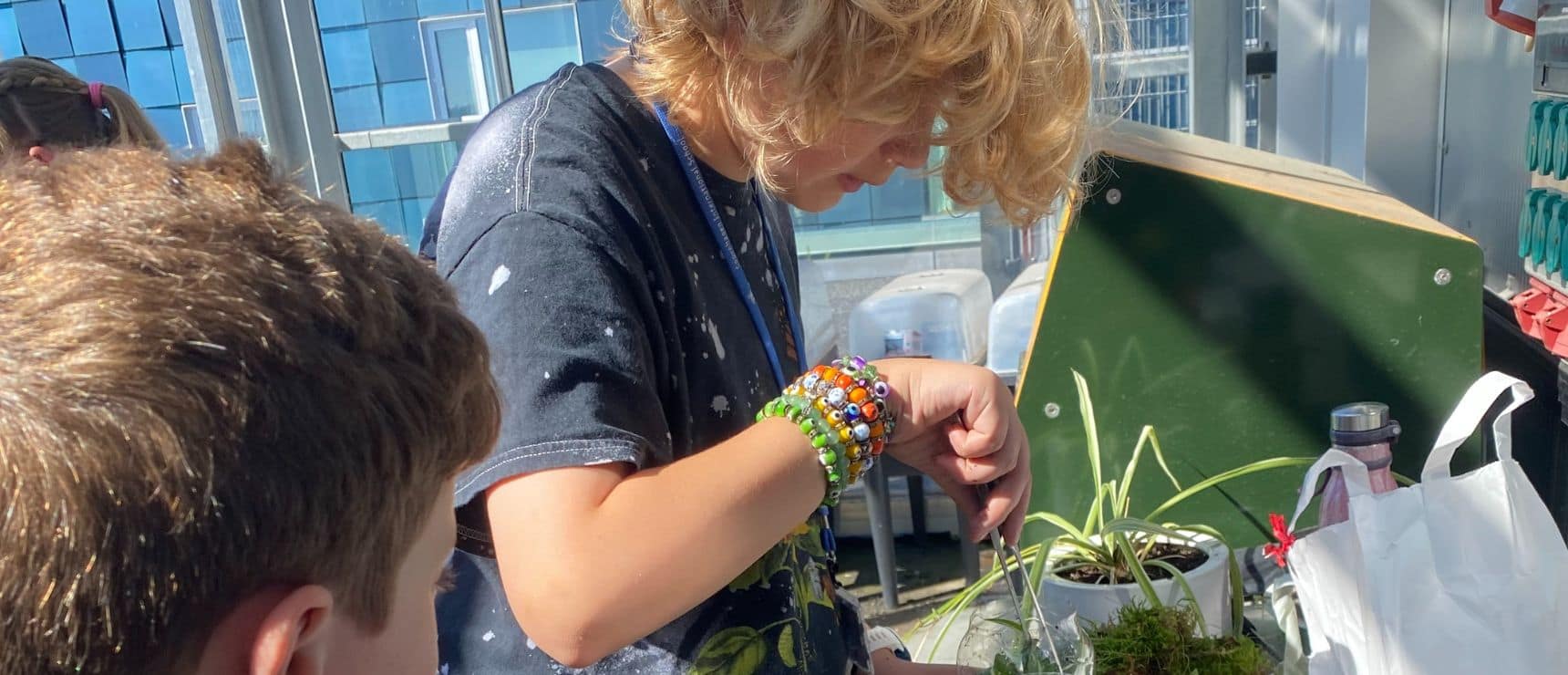Sustainability should be more than just a buzzword— action in this respect is a crucial practice that helps create a healthier planet and future generations. For schools, incorporating sustainable practices into their operations and curriculum not only reduces their environmental footprint but also educates and empowers students to be environmentally conscious citizens. Here are five actionable tips for schools looking to create successful sustainability practices, illustrated by the example of Copenhagen International School’s (CIS) sustainability efforts.
1. Integrate Sustainability into the Curriculum
One of the most effective ways to foster a culture of sustainability is to embed it into the school’s curriculum. This could include environmental science classes, sustainability projects, and extracurricular activities focused on environmental awareness. By making sustainability a core part of the educational experience, students can learn the importance of environmental stewardship from an early age.
At Copenhagen International School we have made sustainability a key component of our curriculum by incorporating sustainability themes into various subjects and grade levels. Our teachers use project-based learning to engage students in real-world sustainability challenges, encouraging them to think critically and creatively about solutions. This approach not only teaches students about the environment but also empowers them to make a difference.
2. Invest in Sustainable Infrastructure
Schools can significantly reduce their environmental impact by investing in sustainable infrastructure. This includes energy-efficient buildings, water-saving technologies, and renewable energy sources like solar panels or wind turbines. Sustainable infrastructure not only lowers the school’s carbon footprint but also serves as a powerful educational tool, showing students and the community the tangible benefits of sustainability.
CIS is a leader in sustainable infrastructure with its innovative use of solar panels. The school’s facade is covered with over 12,000 solar panels, making it one of the largest building-integrated solar power plants in Denmark. These panels reduce our school’s reliance on non-renewable energy, and serve as a daily visual reminder of the importance of renewable energy.
3. Encourage Sustainable Transportation
Promoting sustainable transportation options for students, staff, and parents is another way schools can reduce their environmental footprint. Encouraging walking, cycling, carpooling, or using public transport helps reduce carbon emissions and fosters a healthier school community.
CIS encourages sustainable transportation by providing ample bike parking facilities and promoting cycling as a primary mode of transportation for students and staff (our school is a regular participant in the Danish We Bike to Work campaign). The school’s location in a bike-friendly city like Copenhagen, combined with its initiatives, promotes a culture of cycling, which reduces emissions and promotes physical health among students.
4. Implement Waste Reduction Programs
Reducing waste is a fundamental aspect of sustainability. Schools can implement waste reduction programs such as recycling drives, composting organic waste, and reducing single-use plastics in the cafeteria. Educating students on waste management and involving them in these programs can instil a sense of responsibility and environmental consciousness.
CIS has implemented comprehensive waste reduction initiatives, including a school-wide recycling program and composting of organic waste. The school also emphasises reducing single-use plastics by encouraging the use of reusable bottles and containers. These initiatives are reinforced through student-led campaigns and workshops, which help to educate the school community on the importance of waste management.
5. Foster a Culture of Sustainability
Creating a culture of sustainability within the school community is crucial for long-term success. This involves engaging students, staff, parents, and the local community in sustainability efforts and fostering an environment where everyone is encouraged to participate. Celebrating sustainability achievements and sharing success stories can motivate the community to continue striving for a greener future.
CIS fosters a culture of sustainability through various initiatives and events that engage the entire school community. There are many sustainability initiatives at our school, we often invite guest speakers, and we organise environmental awareness campaigns. By involving students, staff, and parents in these activities, our school creates a shared sense of purpose and commitment to sustainability.
Creating successful sustainability practices in schools requires a holistic approach that involves education, infrastructure, community engagement, and a commitment to reducing environmental impact. Copenhagen International School’s comprehensive sustainability efforts serve as an inspiring example of what can be achieved when sustainability is prioritised at all levels of a school community. By following these five tips, schools can make significant strides toward becoming more sustainable and fostering environmentally conscious future generations.
